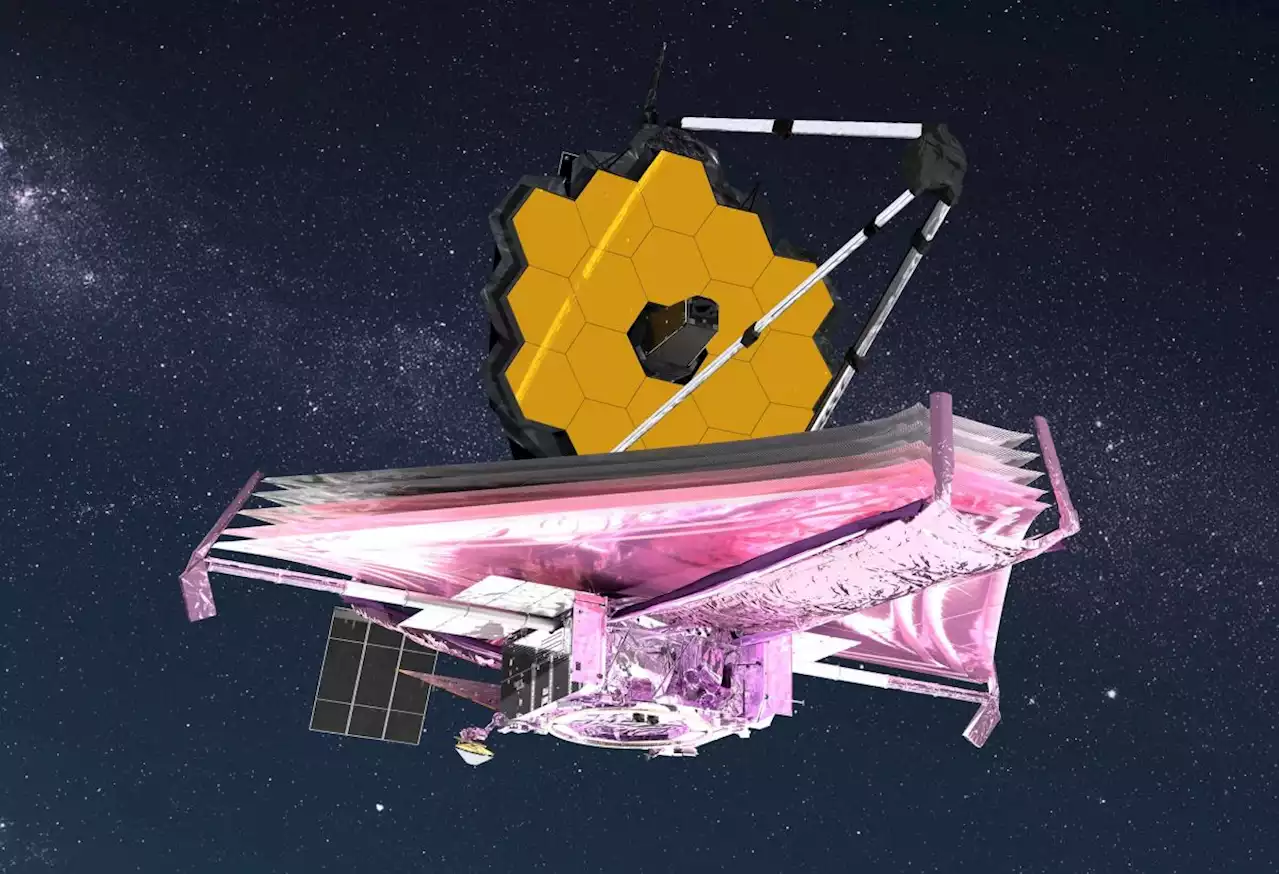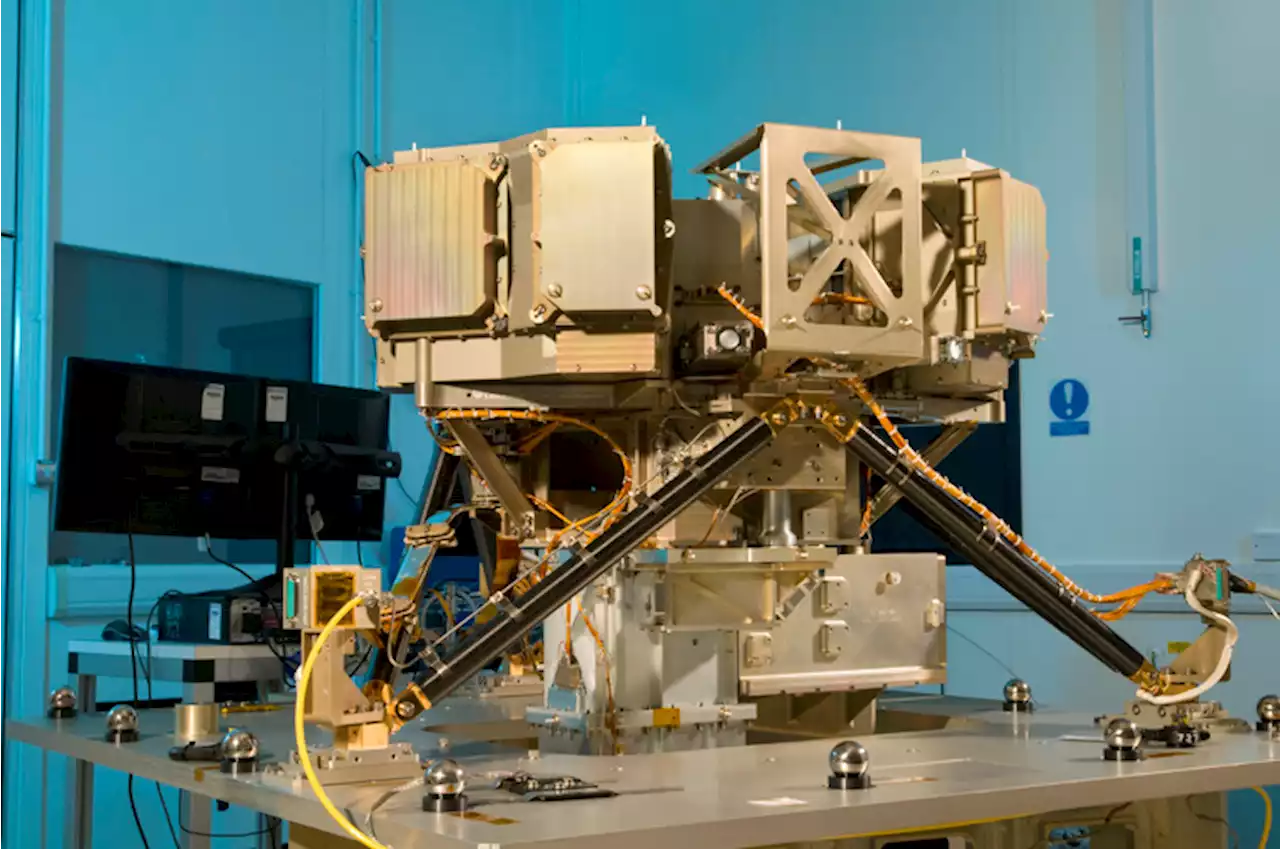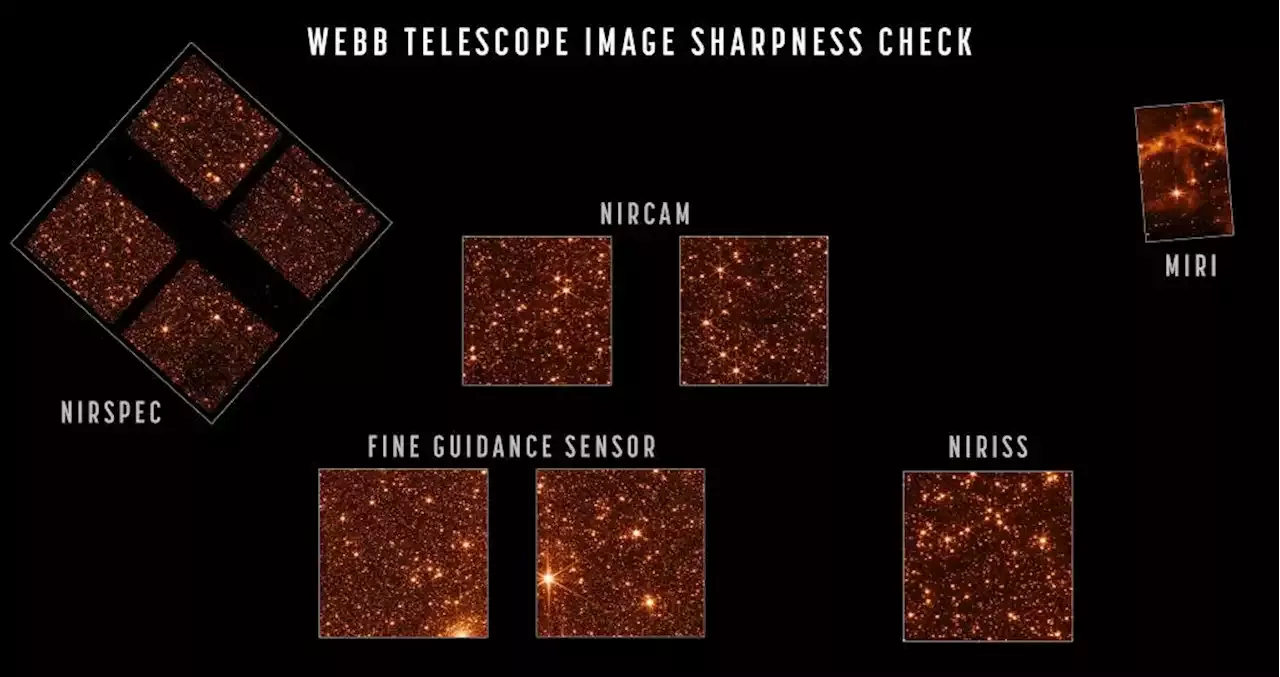Astronomer Working With Webb Said the new Images 'Almost Brought him to Tears.' We'll see Them on July 12th universetoday storybywill
Another image will provide the public with something else they’ve never seen before . This image will feature an exoplanet, as well as spectral data from its atmosphere obtained by its advanced. These instruments allow astronomers to observe chemical signatures from an exoplanet by observing how light is absorbed in its atmosphere.
Even more exciting, these same observations could reveal traces of methane gas, ammonia, and other chemicals indicative of biological processes that we associate with life . Last, but not least, the presence of chemicals like chlorofluorocarbons and others we associate with industrial processes would be seen as indications of advanced life .
And it all starts with these “first-light” images, which NASA says it plans to release on July 12th, starting at 10:30 AM EDT . According to NASA’s deputy administrator, Pam Melroy, these first images were emotionally overwhelming for her too. “What I have seen moved me, as a scientist, as an engineer, and as a human being,” she
. While the rest of us will have to wait another eight days, the teasers we’ve been treated to suggest that the years of delays, retesting, and cost overruns will totally be worth it!As of the publication of this article, there are just 8 days, 19 hours, and 12 minutes to go!
Brasil Últimas Notícias, Brasil Manchetes
Similar News:Você também pode ler notícias semelhantes a esta que coletamos de outras fontes de notícias.
 This Week In Space podcast: Episode 18 — James Webb Space Telescope's 1st light⏳ In the new episode of This Week in Space, we're talking about the big news that's coming soon from the James Webb Space Telescope team! 🎧 Tune in here👇
This Week In Space podcast: Episode 18 — James Webb Space Telescope's 1st light⏳ In the new episode of This Week in Space, we're talking about the big news that's coming soon from the James Webb Space Telescope team! 🎧 Tune in here👇
Consulte Mais informação »
 One instrument mode left and Webb will be ready for science | Digital TrendsJames Webb is almost ready to start work. Now, the Mid-Infrared instrument (MIRI) has completed its checks and NASA has announced that it is ready for science.
One instrument mode left and Webb will be ready for science | Digital TrendsJames Webb is almost ready to start work. Now, the Mid-Infrared instrument (MIRI) has completed its checks and NASA has announced that it is ready for science.
Consulte Mais informação »
 James Webb Space Telescope has comets to catch when science beginsOne might even be an interstellar visitor.
James Webb Space Telescope has comets to catch when science beginsOne might even be an interstellar visitor.
Consulte Mais informação »
 James Webb Space Telescope will get best view yet of 'failed stars' and rogue planetsNot much is known about the tiny celestial bodies, which are hard to see.
James Webb Space Telescope will get best view yet of 'failed stars' and rogue planetsNot much is known about the tiny celestial bodies, which are hard to see.
Consulte Mais informação »
